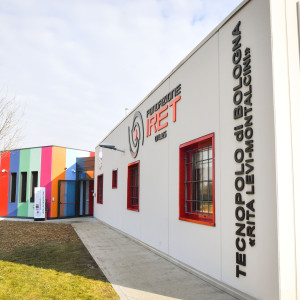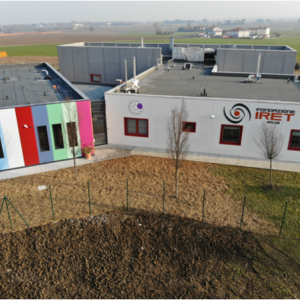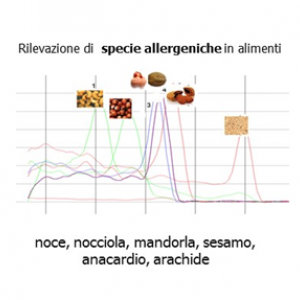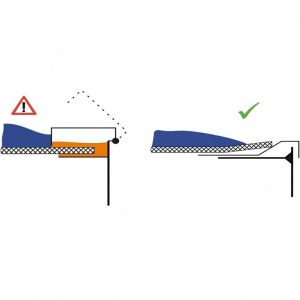
CEC: a versatile platform for preclinical ophthalmology and the study of environment-health interactions
The Chamber for Environmental Control (CEC) is a technology designed to induce dry eye disease (DED) in mouse models, enabling highly controlled preclinical studies. This technology makes it possible to induce environmental stress conditions, such as...





